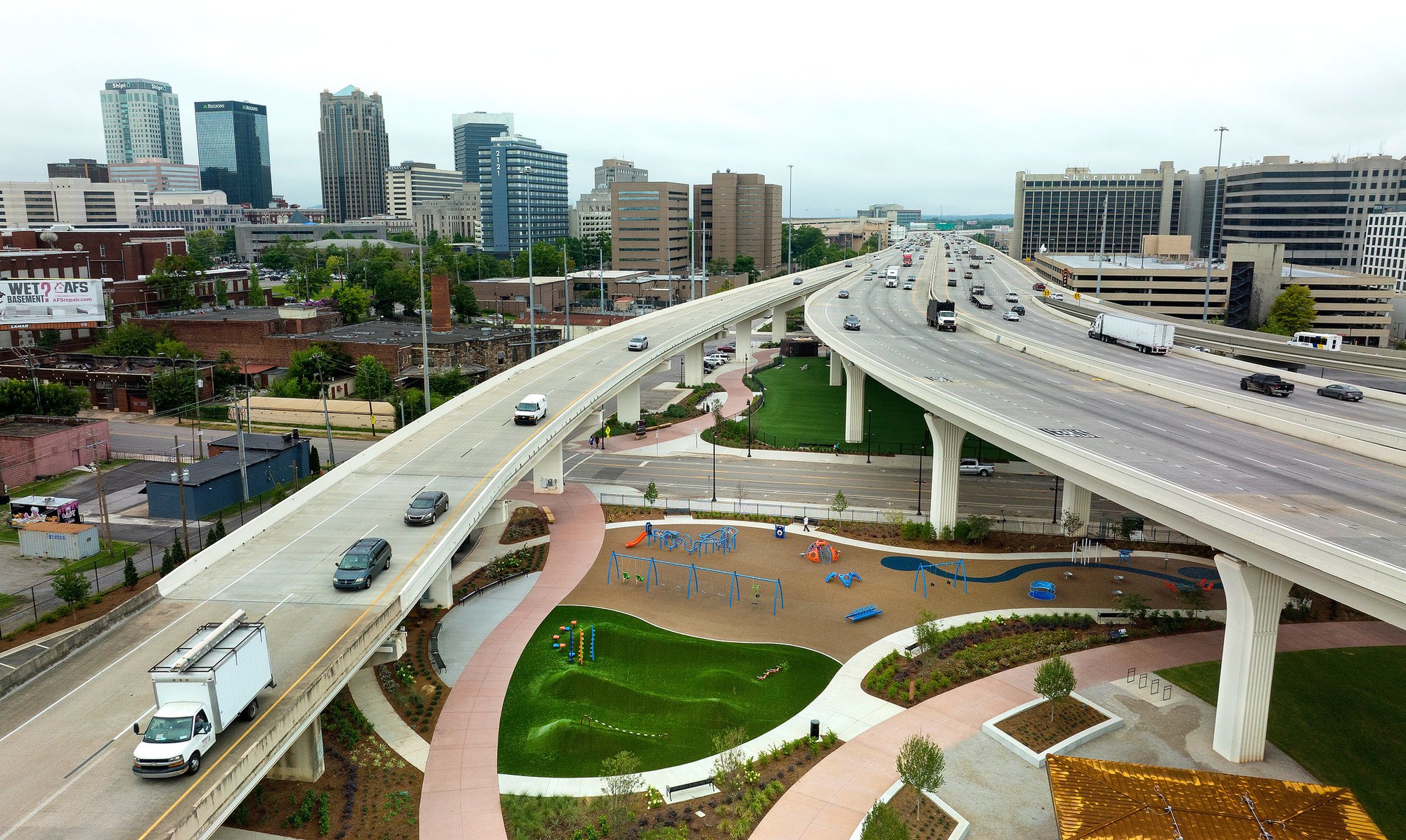The Future of Parks: Shaping Tomorrow’s Cities Today

The Future of Parks: Shaping Tomorrow’s Cities Today
Posted on September 23, 2025

Forget flying cars and robots, what the future of our cities really needs is more room to breathe, play, and connect!
Okay, maybe we wouldn’t say no to a flying car, but parks are what will truly shape the way we live.
As cities keep expanding, outdoor spaces are being reimagined. By 2050, almost 68% of the world's population will reside in urban areas, making parks and recreation areas essential to building healthier, more resilient, and connected communities.
The parks of tomorrow will not look like the ones many of us grew up with. They’ll be smarter, more inclusive, and designed with purpose, places where community needs are met and human connections flourish. As urban populations increase, the way we choose to invest in parks and recreation will determine whether we create cities that disconnect us or unite us.

Parks as Essential Infrastructure
Traditionally, parks were seen as places for play and leisure. Today, they’re recognized as critical infrastructure that impacts physical health, mental health, and stimulates local economies. Parks and outdoor spaces help reduce stress, improve air quality, and create natural gathering places for people of all ages. Cities are now weaving them into long-term planning as assets that directly influence quality of life.
With increased urban development, the need for parks has never been greater. Integrating parks into city planning reflects how communities invest in their citizens. Without parks, opportunities for recreation, social interaction, and connection with the natural world become scarce.
Smart Cities Meet Smart Parks
Technology is reshaping the way outdoor spaces are designed and experienced. Imagine Wi-Fi-enabled green spaces, digital kiosks that share community resources, or lighting systems that adapt to the time of day for improved safety. Future-ready parks will also integrate data-driven tools to measure usage and community impact, helping cities make smarter investments in recreation.

Designing for Equity and Inclusion
One of the most important trends in park development is ensuring everyone has access and can use the park in a meaningful way The future of parks prioritizes equity: universally designed play areas, fitness spaces for all ages, and amenities that reflect the needs of the community. Whether it’s sensory-friendly play equipment, shaded gathering areas, or accessible walking trails, inclusion will be a cornerstone of tomorrow’s recreation spaces.
Parks as Economic Drivers
Investing in parks doesn’t just benefit residents; it also boosts local economies. Outdoor spaces increase property values, attract new businesses, and draw visitors to the area. People are increasingly seeking communities with strong outdoor amenities. The cities that prioritize parks will be the ones that thrive in the decades ahead.

The Next Chapter of Urban Development
The future of parks is about more than recreation; it’s about investing in the city as a whole. As communities grow and evolve, outdoor spaces will play a critical role in shaping how people live, work, and play.

